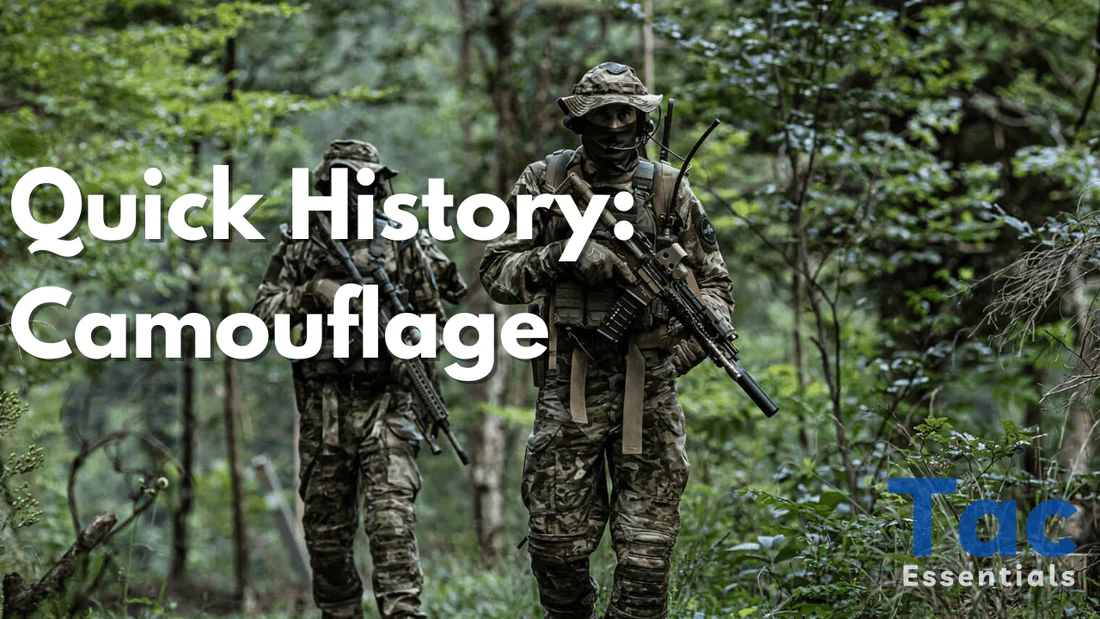
The Evolution of Camouflage Patterns: From Bright Red to Digital Camo
Camouflage has played a critical role in military strategy and tactical operations for over a century. From the bright red uniforms of the 19th century to the cutting-edge digital patterns used today, camouflage has evolved to meet the changing demands of warfare. In this blog, we’ll explore the fascinating history of camouflage patterns and how they’ve transformed to enhance concealment and functionality.
The Early Days of Camouflage
In the 19th century, military uniforms were often designed in bright colors, such as the iconic red coats worn by British soldiers. These uniforms were intended to create a strong visual presence and foster unity among troops. However, this approach proved highly visible and less effective in actual combat scenarios.
The term “camouflage” was first coined by the French during World War I, derived from the word “camoufler,” meaning to conceal. This marked the beginning of a new era in military concealment.
World War I: The Birth of Modern Camouflage
During World War I, the concept of camouflage began to take shape. Artists and soldiers experimented with patterns and colors designed to blend into various environments. This period saw the initial development of camouflage as a tactical tool, aiming to break up outlines and reduce visibility on the battlefield.
World War II: Advancements and Iconic Patterns
By World War II, camouflage had become an essential part of military gear. The German SS introduced the “Splinter” camo, characterized by angular shapes and varied colors to blend into European forests and urban landscapes. Meanwhile, the U.S. developed the M1942 pattern, which later evolved into the Woodland camo of the 1980s. The Woodland pattern featured a mix of greens, browns, and blacks, making it effective for wooded environments.
The Rise of Digital Camouflage
The late 1990s brought a significant leap in camouflage technology with the introduction of Digital Pattern camo by the U.S. military. This pattern, featuring pixel-like shapes, was designed for superior concealment across diverse environments. Its effectiveness led to its adoption by multiple allied forces worldwide.
Modern Camouflage Patterns
Today, camouflage patterns are highly specialized to suit different settings. Multicam, for instance, is designed to work across multiple terrains, from deserts to woodlands. Urban camouflage patterns, on the other hand, use grays and muted tones to blend into cityscapes.
Watch the Full Story
To get an in-depth look at the evolution of camouflage patterns, including some surprising facts about their history, check out our detailed YouTube video: The Evolution of Camouflage Patterns: From Bright Red to Digital Camo. Dive deeper into how these patterns have revolutionized military and tactical gear over the years.
For more insights into tactical gear and camouflage, visit our website at Tac Essentials. Follow us on Pinterest for gear inspiration: Tac Essentials Pinterest, and connect with us on Facebook: Tac Essentials Facebook.
Stay tuned for more content and don’t forget to like, comment, and subscribe to our YouTube channel! Thanks for reading!


